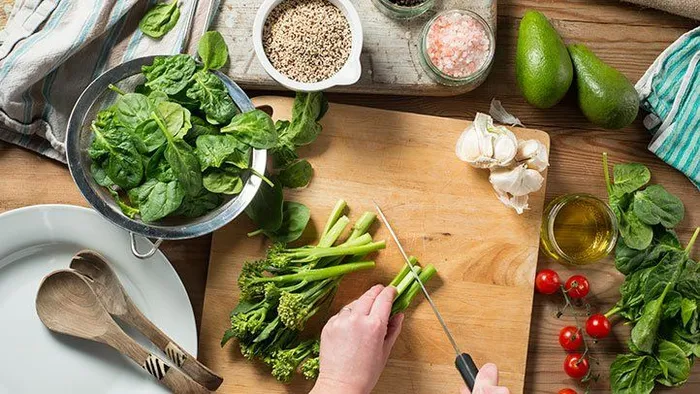Fatty liver disease is a common condition caused by the storage of extra fat in the liver. Most people have no symptoms, and it doesn’t cause serious problems for them. In some cases, though, it can lead to liver damage.
The good news is you can often prevent or even reverse fatty liver disease with lifestyle changes. Fatty liver may cause no damage, but sometimes the excess fat leads to inflammation of the liver. This condition, called steatohepatitis, does cause liver damage.
Sometimes, inflammation from a fatty liver is linked to alcohol abuse. This is known as alcoholic steatohepatitis. Otherwise, the condition is called non-alcoholic steatohepatitis.
An inflamed liver may become scarred and hardened over time. This condition, called cirrhosis, is serious and often leads to liver failure. NASH is one of the top three leading causes of cirrhosis.
Breakfast is often one of the most important meals of the day when it comes to maintaining a balanced diet for the liver, particularly for patients with liver disease or conditions such as fatty liver disease.
However, it is also very easy to consume high-calorie, nutrient-poor breakfasts because of the popular belief that commercial cereals, instant foods, and even desserts are healthy breakfasts.
Foods to Eat If You Have Fatty Liver
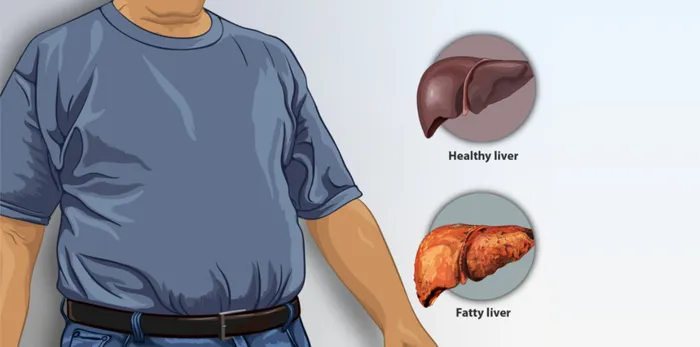
One of the best things to do if you are experiencing symptoms of fatty liver is to follow a fatty liver diet. First, you have to reduce refined carbs and sugar and replace them with more complex carbs.
These complex carbs can be oats, brown rice, and quinoa. Most doctors will recommend the Mediterranean diet, low in refined carbs and high in protein. It includes lean meats like fish and low-fat dairy as well. In addition, you can consume fresh produce like vegetables and fruit.
Good breakfast for fatty liver
- Flourless banana muffins
Muffins are often perfect breakfasts for people whose mornings are rushed. This is a simple, healthy recipe that can be made in quantity for a quick breakfast on the way to work. This recipe uses oat or quinoa flour as a substitute for wheat flour and combines peanut butter and white beans, which contain a dose of healthy fats and good quality protein, as well as valuable nutrients.
- Broccoli
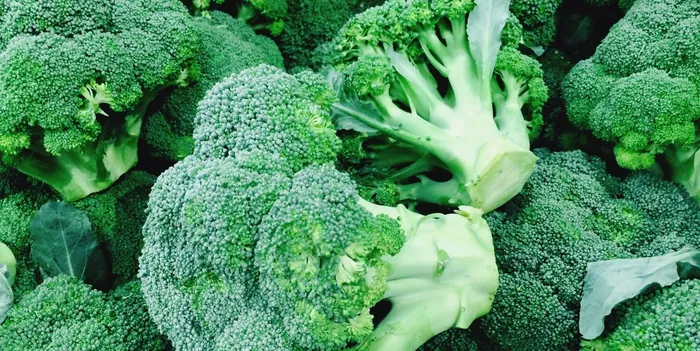
Eating a variety of whole vegetables is helpful for people with fatty liver disease, and broccoli is one vegetable that a person with fatty liver disease should seriously consider including in their diet.
The long-term consumption of broccoli helped prevent the buildup of fat in murine livers. Researchers still need to conduct further studies involving humans. However, early research into the effect of broccoli consumption on the development of fatty liver disease looks promising.
- Walnuts
While all tree nuts are a great addition to any diet plan, walnuts are especially high in omega-3 fatty acids and may provide benefits for people with fatty liver disease. Although further research is needed, a 2019 study in the journal Liver International found higher nut consumption was significantly associated with lower rates of NAFLD.
- Flaxseed oil
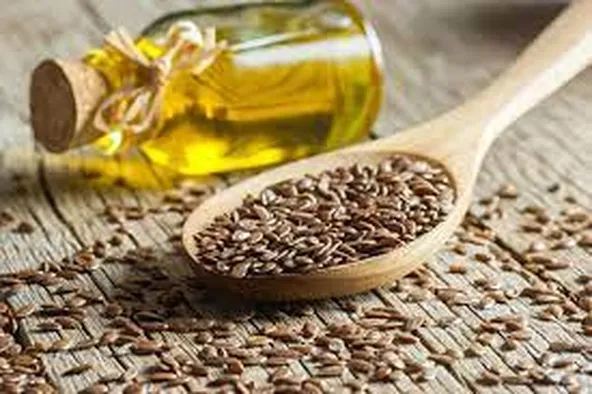
When you need to control your weight and lower liver enzyme levels, you can’t go wrong by reducing the amount of fat and oil in your diet and choosing healthier, unsaturated oils.
Flaxseed oil is an example of unsaturated oil, and it is also a good source of omega-3 fatty acids. You can dash it over a salad, drizzle over bread or use as a light frying oil to add a distinct flavor to all your dishes without you feeling guilty for the indulgence.
- Sunflower seeds
Vitamin E is a powerful antioxidant that could protect the liver from damage, and sunflower seeds are a tasty little source of this important vitamin. Not only do they offer protection, but they add a wonderful texture when sprinkled over a salad, or to munch on as a healthy mid-day snack. Just keep it to small amounts.
- Garlic
If you are not a great fan of garlic, garlic powder supplements may be your answer to reducing fat levels, if experimental studies are to be believed. Nevertheless, garlic helps flavor your dishes, so you don’t end up using too much sauce, which adds calories and salt.
How a liver becomes fatty
It is unclear how a liver becomes fatty. The fat may come from other parts of your body, or your liver may absorb an increased amount of fat from your intestine. Another possible explanation is that the liver loses its ability to change fat into a form that can be eliminated. However, the eating of fatty foods, by itself, doesn’t produce a fatty liver.
Risk factors for fatty liver disease
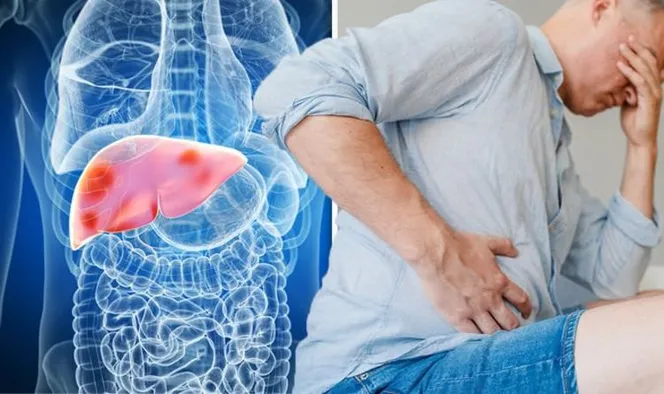
Most, but not all fatty liver patients are middle-aged and overweight. The risk factors most commonly linked to fatty liver disease are:
- overweight (body mass index of 25-30)
- obesity (body mass index above 30)
- diabetes
- elevated triglyceride levels.
